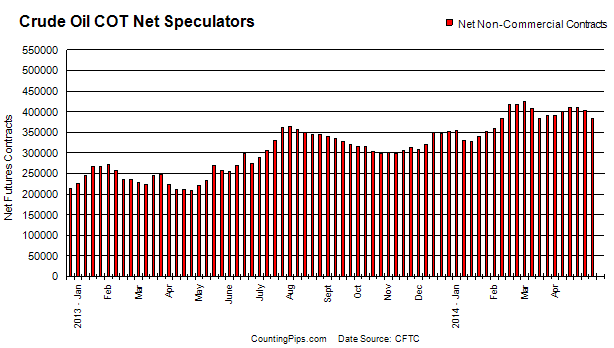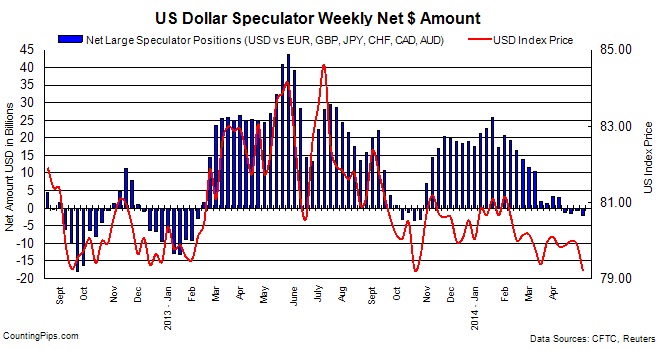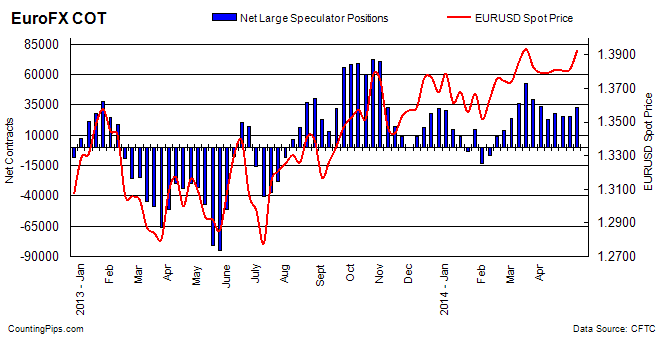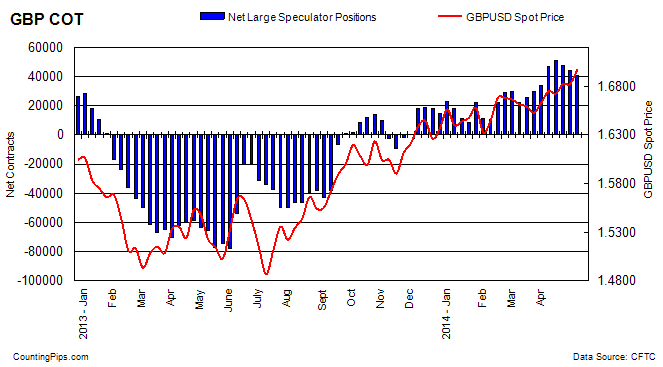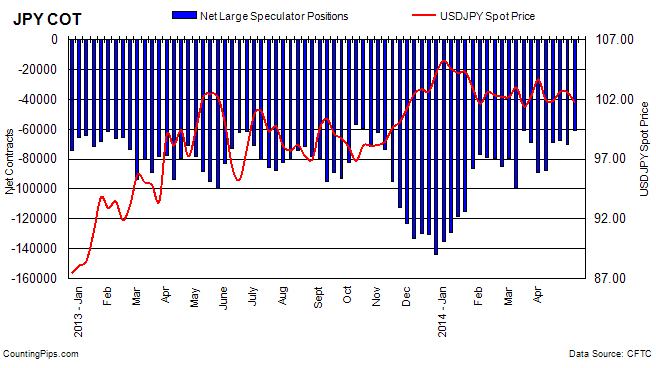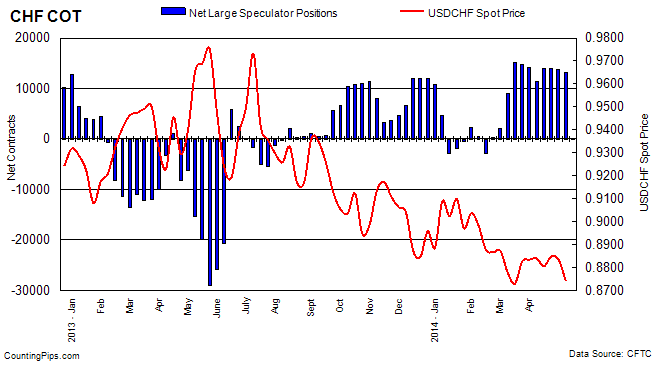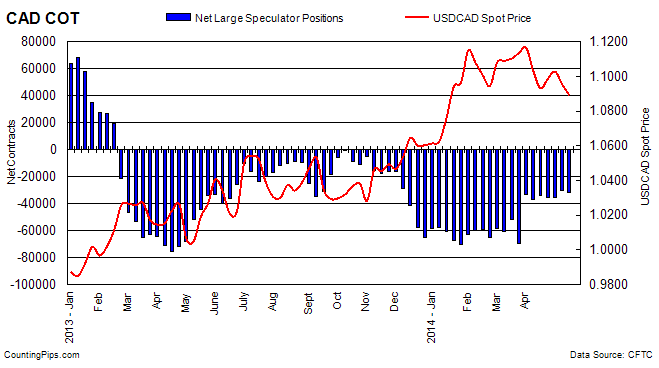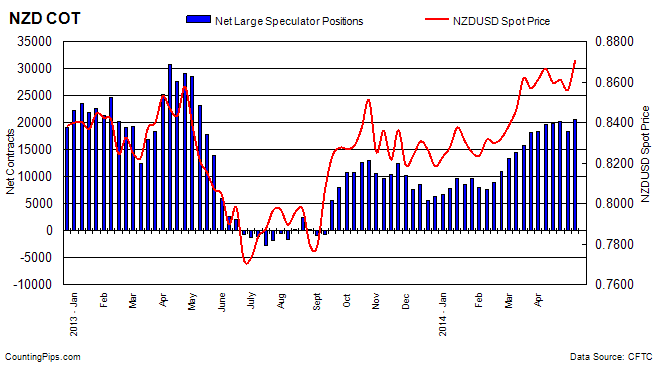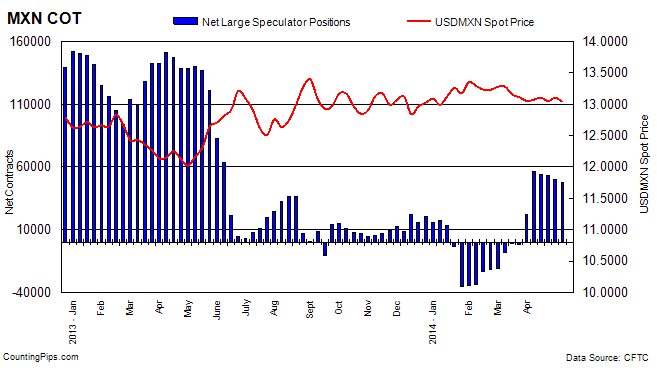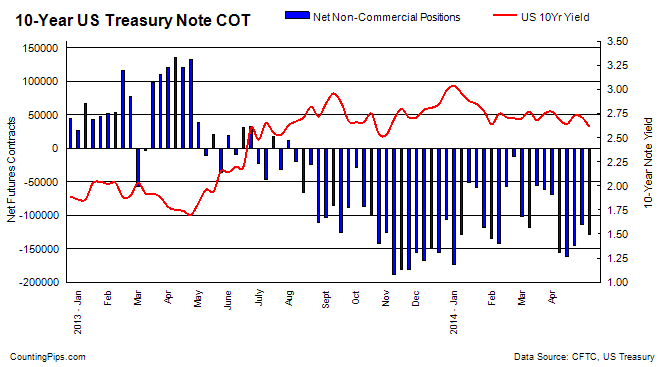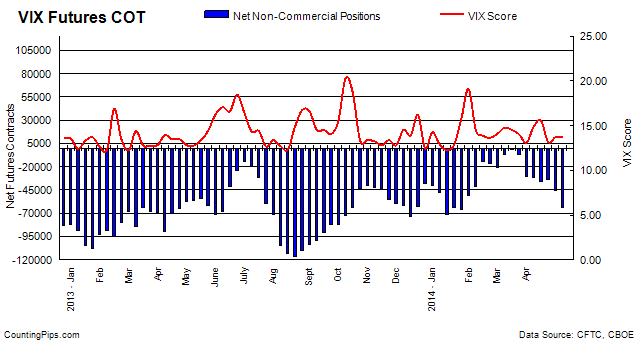By MoneyMorning.com.au
QE is a tax.
That’s an odd thing to say about the Federal Reserve’s bond-buying stimulus program, known as quantitative easing, or QE. But the reality of QE is different than what most people think.
To talk about this, I sought out Warren Mosler, a former hedge fund manager and now trailblazing economist. So on one Sunday afternoon, with Mosler in Italy and me in Gaithersburg, Md., we chatted on Skype about the Federal Reserve and its doings.
Mosler was also a successful banker, and he talks about this stuff with the ease that comes from deep familiarity with the plumbing of the system. The US system, importantly, is one of floating exchange rates and a nonconvertible currency. Meaning the government does not fix the price of the dollar against anything (contra what is done in Hong Kong, where they peg their currency to the dollar). And it is not convertible into anything except itself. (You can’t present your dollars to the Federal Reserve and demand gold, for instance.)
With those parameters, we started with a simple question: What would the natural rate of interest be if the government didn’t try to interfere in the interest rate market? (‘Natural rate’ in this context means the risk-free, nominal rate of interest.)
Well, before we can answer that, think about the ways the government interferes in the interest rate market. There are two ways, Mosler points out. The first is that the government pays interest on bank reserves, which are essentially checking accounts held at the Fed. Currently, that rate is 25 basis points, or 0.25%.
The second is to offer ‘alternative accounts at the Fed called Treasury securities’. These are essentially savings accounts and pay higher interest than the checking accounts (or reserve accounts).
‘If we eliminated these things, there would no interest paid on reserves, and there would be no securities,’ Mosler says. ‘So the natural rate of interest would be zero.’ Like in Japan for 20 years.
Note this doesn’t mean there would be no interest rates. It means absent these interventions, the market would determine interest rates based on credit risk, etc. But there would be no floor — no risk-free rate, no natural rate — put in place by the government.
‘Not that you should do it that way,’ Mosler says, ‘but that’s the way to look at it. The base case is zero. Then the Treasury comes in and offers $17 trillion in securities. And that’s a distortion, to some degree. If the Fed did QE and bought them all back, it would put you back to where you started. In some sense, QE is undoing what the Treasury has done.’ When the Fed buys securities, it is as if the Treasury never issued them in the first place.
Or as Mosler puts it:
It can be argued that asset pricing under a zero interest rate policy is the ‘base case’ and that any move away from a zero interest rate policy constitutes a (politically implemented) shift from this ‘base case’.
In other words, the government doesn’t have to pay 3% on a 10-year note, as it does today. It doesn’t have to issue bonds at all. It creates dollar deposits (money) in member bank reserve accounts when it spends. By issuing securities/offering alternative interest-bearing accounts, the government pays a lot of interest to the economy.
‘So in that sense,’ Mosler says, ‘issuing securities means paying higher rates than the overnight rate. It is a spending increase and has an inflationary bias by adding net financial assets to the system.’
The mainstream view says that when the government sells Treasury securities, it is taking money out of the system, that it’s a deflationary thing to do and it offsets the inflationary effect of deficit spending. ‘Not true at all,’ Mosler says. ‘Selling Treasuries does not take money out.’ What’s happening is akin to a shuffle between checking accounts and savings accounts.
Let’s turn back to the case of QE, where the Fed buys securities. In this case, the economy loses the interest income from those securities.
‘QE takes money out of the economy,’ Mosler says, ‘which is what a tax does.’ Hence, as noted above, QE is a tax.
‘The whole point of QE is to bring rates down,’ Mosler says. ‘If it does bring rates down, that means the rest of the securities the Treasury sells pay less interest too. So it lowers government interest expense even more. Because the government is a net payer of interest, lower rates mean it pays less interest.’
But does it help the economy? Hard to see how it does. Mosler has an interesting take here. I’ll paraphrase as best I can.
Let’s say people ask why the Fed is buying securities. Well, to help the economy. So now people have to think about whether that policy will work or not. If it’s going to work, that means the Fed’s going to be raising rates, because the economy will be getting stronger. The only time QE will bring rates down is if investors think the policy won’t work. It’s a policy that works through expectations, and it works only if investors think it won’t work.
‘It’s a disgrace,’ he says.
‘On top of that, most investors don’t understand it,’ Mosler says. ‘You’ve got the Chinese reading about how the Fed is printing money. And they go and buy gold. There are knock-on effects all over the world, and portfolios are shifting based on perceptions.’
QE, then, because it costs the private sector interest income and doesn’t add money to the economy, is not inflationary. ‘The evidence is that it is not inflationary,’ Mosler says.
Let’s look at it another way. The bank of Japan has been trying to create inflation for 20 years. The Fed’s been trying to create inflation as hard as it can. The European Central Bank too. ‘It is not so easy for a central bank to create inflation,’ he says, ‘or you’d think one of these guys would’ve succeeded.
‘People act like you have to be careful because one false move on inflation expectations and, bang, you have hyperinflation,’ Mosler chuckles. ‘If you know what that false move is, tell Janet Yellen [the current Fed chief], because she’s trying to find it.’
Though he no longer runs a hedge fund, Mosler is still involved in financial markets. He has a portfolio he runs for himself and for other people. I asked him if he fears interest rates going up.
‘It could happen,’ he says. ‘It’s a political decision where rates go.’
And that’s a good place to leave it. Because it brings us back to the beginning. Without the government wading into the interest rate market, the base rate would be zero. And everybody would be working off that. But instead, we have the Fed trying to find monetary nirvana.
As Mosler says, it’s a disgrace.
Chris Mayer,
Contributing Editor, Money Morning
Ed Note: The above article was originally published in The Daily Reckoning US.
Join Money Morning on Google+

By MoneyMorning.com.au


